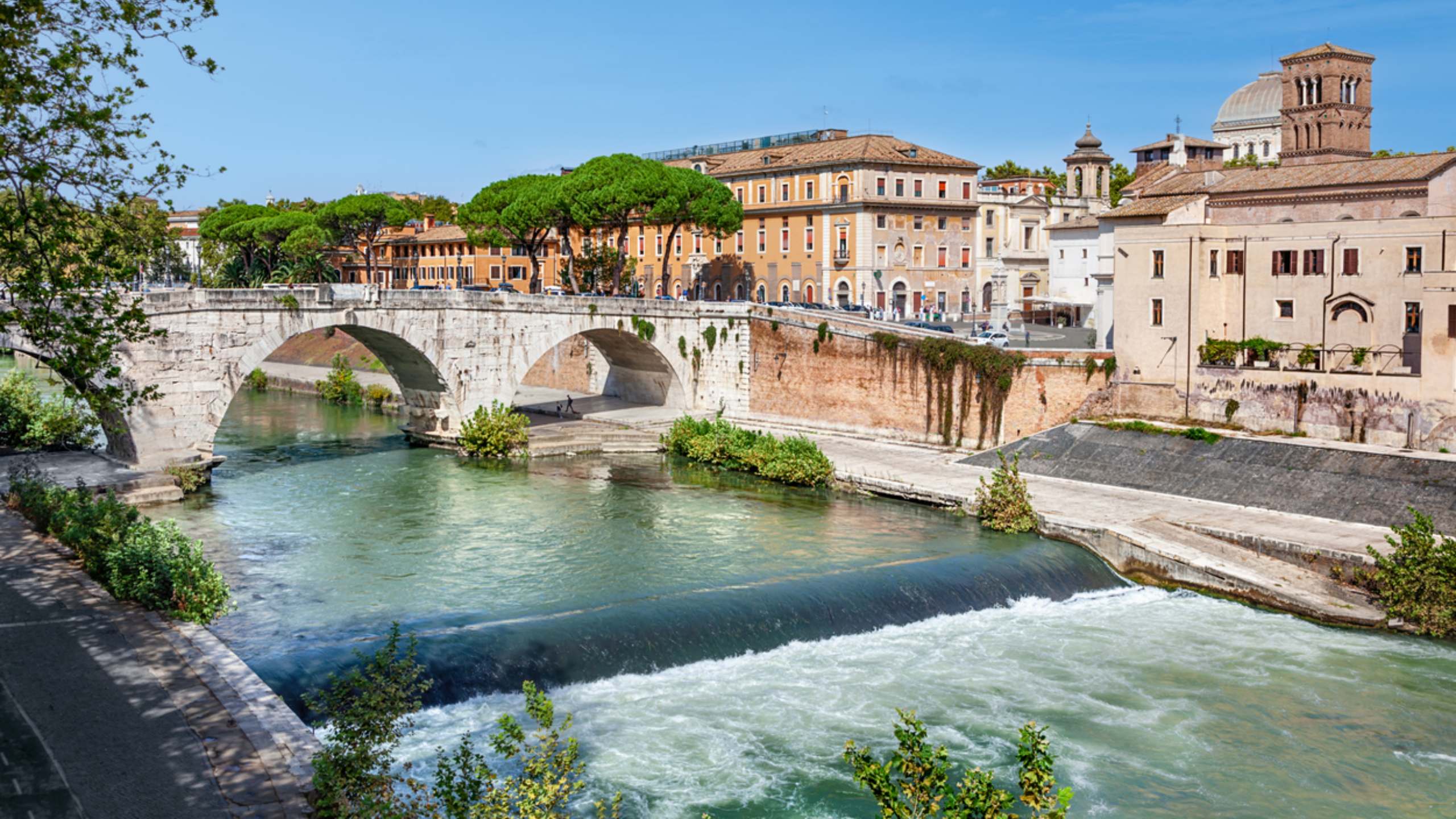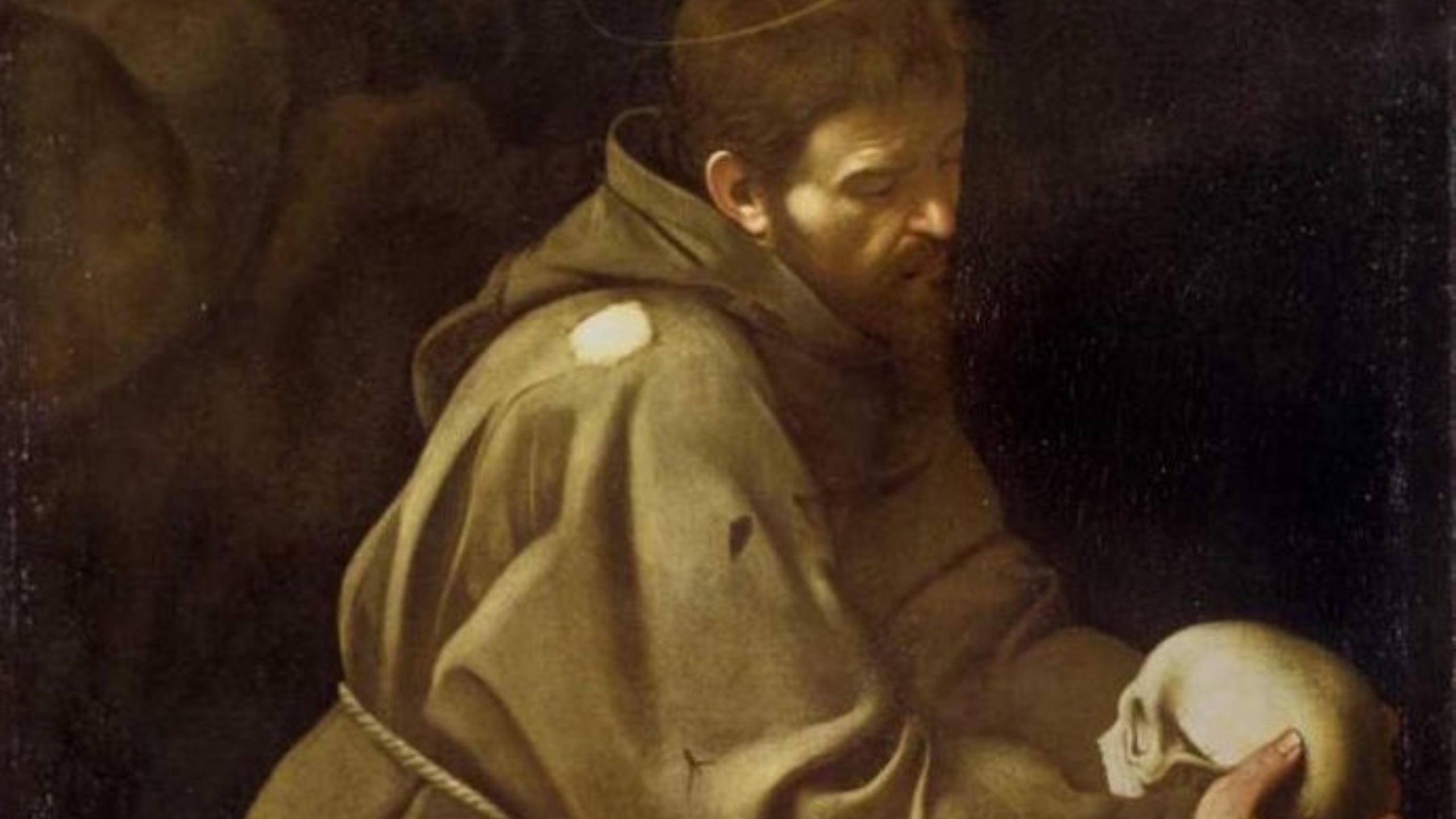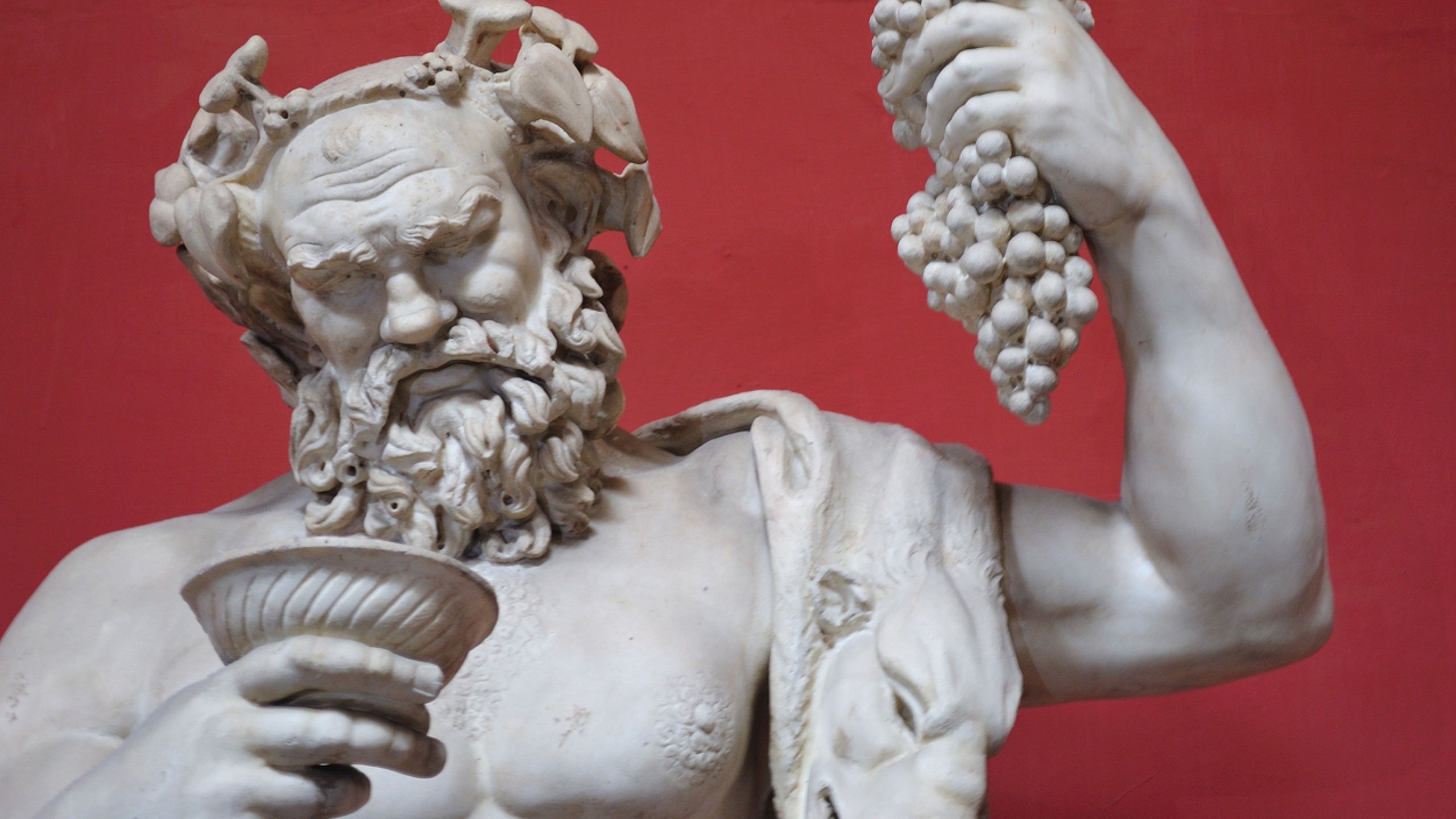
RESERVA AHORA
MEJOR TARIFA GARANTIZADA
Discovering Navona and Spanish Squares
One of the aspects that the guests of the (so far) two expressions of our Eitch Group, Borromini and Belsiana, appreciate most is the intimacy of the spaces which we managed to create in the heart of Rome. Or, better said, in two of its most iconic Squares – therefore always full of visitors and events. But also of small curiosities and legends, which we are now going to discover.
The Navona Square
Under, one of the seven wonders of imperial Rome - the archaeological area of the ancient Domitian Stadium - and the cellars of medieval buildings. Above, the monumental work wanted by the Pamphilj family and marked by the two great rival geniuses, Borromini e Bernini: the residential Palace today home of the Brazilian Embassy, the Church of Saint Agnes, the Innocentian College which hosts the spaces of Eitch Borromini and the famous Three Fountains. Not to mention the l’Obelisk - also built at the time of Domitian, positioned once, moved twice more, collapsed, abandoned, divided into four pieces and finally raised on the Berninian Fountain of the Four major Rivers known at the time. With a covered face Nile, in reference to the the mistery about its source, and a River Plate that has entered the popular stories about architectural skirmishes with Borromini.
An open-air story. That, over the centuries, sees this place go from stadium for athletic competitions to local market, space for knightly training and contests, jousting, jockey racing, water games and, finally, monumental Baroque (art)work. And where stories of ambitions, rivalries and true events intertwin with popular legends, even of ghosts and spells.
The Spanish Square
In the mid-seventeenth century, this place is divided between France, with its Embassy in the northern part, and Spain, with its own diplomatic representative to the Holy See in the southern one. Two powers at that moment at war and who “face” each other here to, in a real competition for prestige that is not without obstacles.
It is said in fact that the fountain, made by Bernini’s father, is the magnificent result of a problem: the low water pressure, which does not allow the creation of jest or waterfalls. Hence, and against the architectural canons of the time, the idea of making a sculpture - according to legend, taking inspiration from a boat brought to the Square by a flood of the Tiber. Hence, also the name: ‘La Barcaccia’, an affectionate in this case way to evoke its almost sinking.
Even the great protagonist of the Square, the famous Staircase, is the splendid consequence of a problem: on one hand, the will to connect the Spanish neighborhood to the territory of its Embassy; on the other hand, the property of the Church above (Trinity of the Mountains) which at that moment is French. A conflict won by common sense and that, transformed into competition between the two architects called upon to build, will give birth to another masterpiece.
Regarding the Church: we are talking about a vineyard, bought by Charles VIII of France and donated to an Order of friars for the construction of a small monastery. Over the next ninety years, alongside will born the most famous of the five francophone catholic Churches in Rome. After another almost three hundred, with the very strong Spanish support and the work of two hundred and twenty Italian firefighters, the equally famous Column will be erected near the Staircase. And in the meantime, in front of the Church, an imperial Roman era Obelisk wll be placed.
In the mid-eighteenth century, the Square is thus complete. And hosts another discreet presence: that of England. With the home of Keats, today a museum dedicated to him and his friend Shelley, to which at the end of the century will be added the tea room Babington’s, still managed by the descendants of one of the two founders.
All that remains is to decide whether to stay at Eitch Borromini or Eitch Belsiana first, a few minutes apart one from each other: the two Squares, with their big and small stories, are waiting to welcome you.






